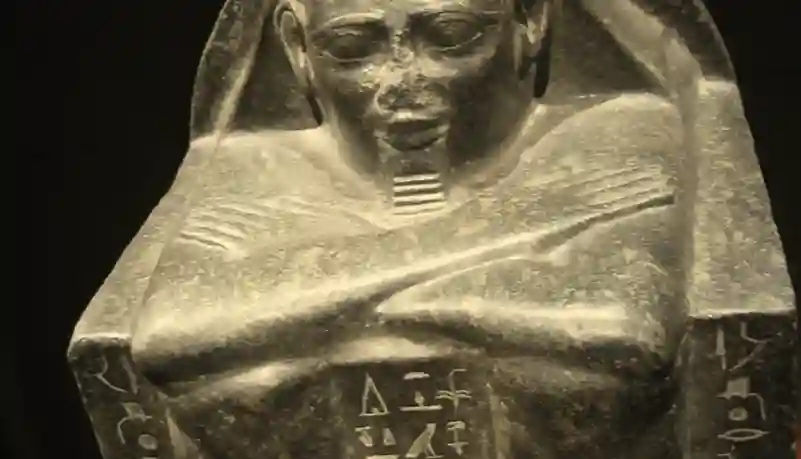
The block Statues of hetep
Block statues of hetep are considered one of the most important types of sculptural art that appeared in ancient Egypt.
They were popular from the Middle Kingdom until the Late Period.
The block statues of Hetep are characterized by a body that appears almost cubic with only the head and hands visible while the rest of the body is compacted to convey stability and solidity.
The block statues of Hetep are associated with prominent figures named “Hetep,” an ancient Egyptian name meaning “peace” or “satisfaction,” and are often associated with high priests or high-ranking officials.
These statues were placed in temples or tombs for religious or funerary purposes representing their owner in a way that guaranteed immortality and protection in the afterlife.
The block statues of Hetep are characterized by a cubic body with specific details for the head and hands only.
The statues are also characterized by the following:
- The torso and legs are not clearly visible making the statue appear as a single cohesive mass.
- The statue is often seated on a square or rectangular base.
- The face is finely carved displaying a calm and stable expression.
- The hands are clasped together on the chest or placed on the knees.
- The clothing appears in simple engraved lines without fine detail.
- The primary artistic goal was to create a timeless image of the statue’s owner not to depict natural movement.
- The closed seated position symbolizes protection and inward closure.
- Some statues contain inscriptions to ensure the continuity of prayers and offerings.
- The inscriptions on the statue may include hieroglyphic texts that reveal the person’s identity.
- The materials used to make these statues were often limestone granite, or sandstone.
- The size may range from small models placed in tombs to large statues placed inside temples.
- The statue’s design reflects a symbol of steadfastness and strength in the face of time.
- The side details are minimal to emphasize the strength of the frontal mass.
- Some statues were covered with a layer of colored plaster to reveal the facial features.
The Religious and Symbolic Role of the Block statues of Hetep in Egyptian Civilization
The Block statues of Hetep served an important religious function in ancient Egyptian belief representing a substitute for their owner in the afterlife. These statues were placed in tombs or temples to ensure the continued presence of the soul and to receive offerings for the dead.
The Egyptians believed that the statue served as a permanent home for the soul if the original body perished, so they were meticulously crafted to ensure the immortality of the figure.
The texts inscribed on some of the statues guaranteed the deceased the religious rituals necessary for their survival in the afterlife.
The block statues of Hetep embodied the idea of stability and steadfastness in the face of temporal changes and spiritual dangers.
The closed block shape was considered an expression of self-protection and inner strength enhancing the soul’s ability to endure and remain safe.
The clasped hands and closed body also carried defensive and religious connotations indicating preparation for the afterlife.
The simplicity of the design emphasized the idea of religious purity and the focus on spiritual essence rather than external appearances.
The Historical Origins of the Block Statues in the Reign of Hetep
The block statues of Hetep appeared prominently during the Middle Kingdom of ancient Egypt.
Their use was associated with religious and funerary functions under figures named “Hetep,” such as Amenhotep or other high priests and officials.
The concept of the block statue evolved to become simpler and focused on the enclosed block.
The primary goal of this form was to ensure the individual’s continued existence in the afterlife through a strong and stable image.
The focus was not on movement or physical details, but rather on displaying a cohesive stable body capable of withstanding time.
In the early use of the block statues of Hetep artisans relied on artistic principles that combined religious function with a simple appearance.
Over time especially in the late Middle Kingdom these statues became more prevalent among the priestly classes and high officials not just kings.
During the reign of Hetep, the style of these statues was developed to be more consistent with doctrinal requirements with the face being more accurately depicted while the rest of the body was kept within the enclosed block form.
Materials Used in Carving the block statues of Hetep
The ancient Egyptians relied on several types of stone to carve the block statues of Hetep.
Limestone was the most important stone given its ease of carving and its availability in various regions of Egypt.
They also used gray or red granite to create harder and more durable statues especially if they were intended for placement in major temples.
The choice of stone also depended on the purpose of the statue the location where it would be placed, and the financial capabilities of the person making the statue.
In addition to hard stones artists sometimes used sandstone to create some block statues especially in the southern regions.
In some cases, the statues were covered with a layer of white plaster to facilitate the coloring process and highlight the facial and hand features.
Simple carving techniques were also used focusing on removing excess material while maintaining the main mass which reflects the importance of the statue in religious rituals and the continuity of the spirit.
The Religious Function of the Block statues of Hetep
The block statues of Hetep were made primarily to serve the religious and funerary rites of their owner.
In ancient Egyptian belief the soul needed a physical medium to reside in after death so that it could receive offerings from the living.
Therefore these statues were considered a substitute body ensuring the deceased’s spiritual continuity and necessary nourishment in the afterlife.
Furthermore the statue’s placement in a prominent location such as a mastaba or in front of a tomb was essential for those offering offerings to see it and identify the person represented.
The statues were sometimes placed inside small rooms so-called “ka chambers,” or in the courtyards of funerary temples the spirit used the statue as a means of interacting with rituals and ceremonies performed in its favor.
The statue was designed to last forever reinforcing the Egyptians’ belief in the necessity of protecting the spiritual body and ensuring its integrity for life after death.
Therefore the type of stone was carefully selected ensuring its hardness and resistance to decay.
In addition to receiving offerings the block statues played another role praying for the statue’s owner.
Some models bore inscriptions asking the visitor to recite a prayer for the deceased.
These texts ensured the community’s participation in preserving the person’s memory and increasing their chances in the afterlife.
In this way the block statues of Hetep were an essential part of religious beliefs linked to the idea of immortality and continuity.
Locations of the block statues of Hetep
Most of the block statues of Hetep were discovered within royal and Old Kingdom tombs.
They were usually placed near tomb entrances or within the mastabas of dignitaries and high-ranking officials.
This was to ensure the statue was easily accessible for offerings as the statue’s association with food and drink offering rituals required it to be visible to visitors and the priests performing the rituals.
Sometimes the block statues of Hetep were placed within temples particularly funerary temples associated with kings, or in front of small chapels.
In these cases the statues served a dual function: immortalizing their owner’s name and affirming their social and religious status while also playing a role in rituals that ensured the rebirth and spiritual protection of the deceased over time.
Significance of Body Shape and Position in the Block statues of Hetep
The body shape in the Block statues of Hetep is characterized by a closed posture with the body curled up and the arms folded over the knees or across the chest.
This posture was not unusual rather it carried strong religious connotations related to the idea of containment and protection.
The body curled around itself also expressed an attempt to preserve spiritual energy within it and prevent it from dissipating ensuring the continued presence of the spirit within the statue to perform its ritual and religious functions.
The seated position with the legs and hands joined also expressed a constant readiness to receive offerings and participate in rituals.
This simple thoughtful composition strengthened the statue’s religious function and made it easy to place it inside temples and chapels without the need for large spaces or complex details.
Every part of the statue had a clear function serving the ancient Egyptian beliefs in immortality and permanence.
FAQs
Are there wooden pharaonic statues?
Yes, there are pharaonic statues made of wood, and they were particularly common for representing religious figures and rulers.
What is the meaning of statues?
Statues are artistic representations of people gods, or symbols in three-dimensional forms.
In conclusion, the Block statues of Hetep represent one of the most important forms of religious art in ancient Egyptian civilization combining functional simplicity with doctrinal symbolism.
These statues were vital tools for ensuring communication between the living world and the spirit world.
These statues were placed in carefully considered locations within tombs and temples to reinforce the idea of survival and immortality.
Their design was based on displaying the full mass of the body to protect it from damage.

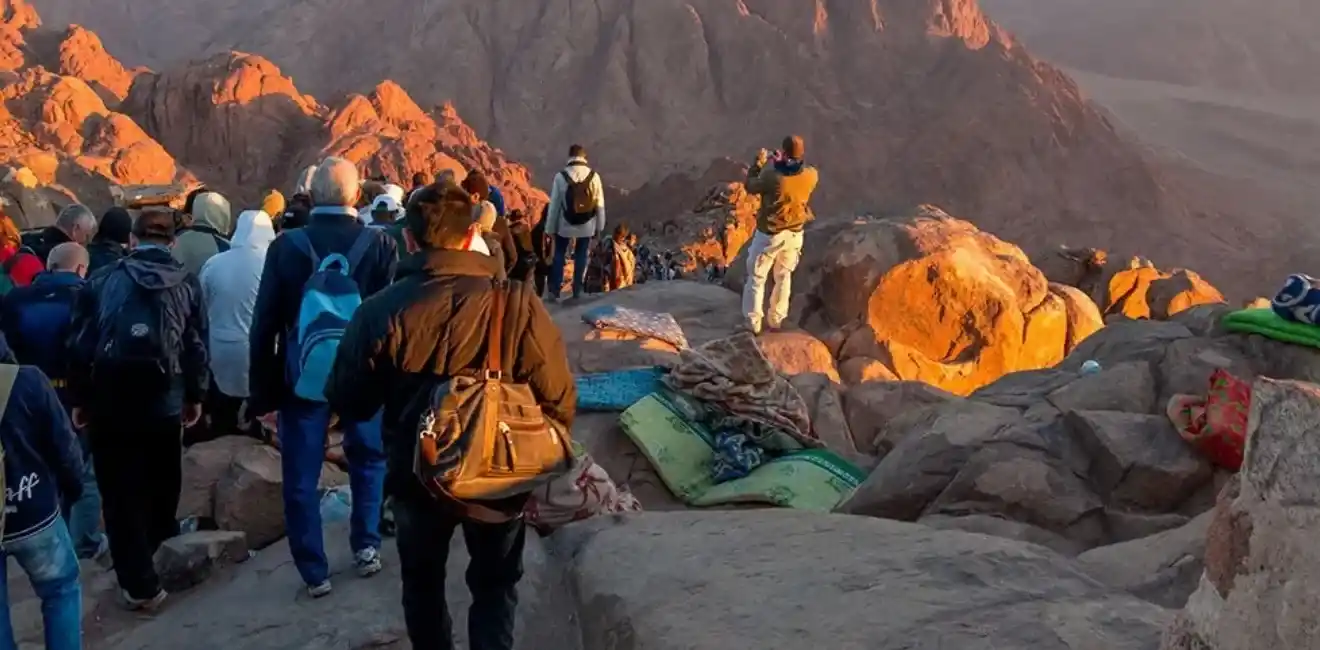









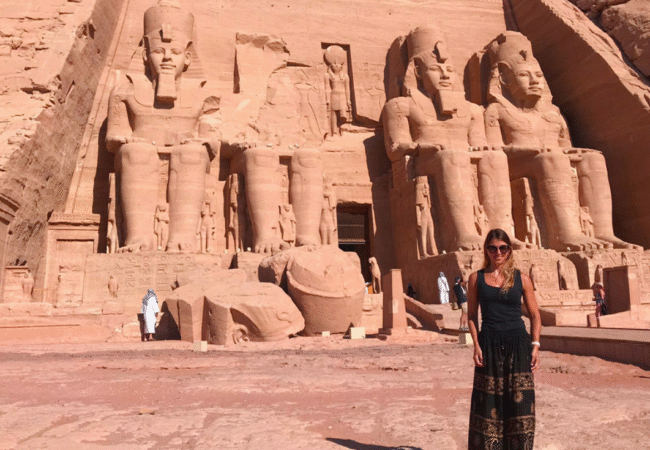

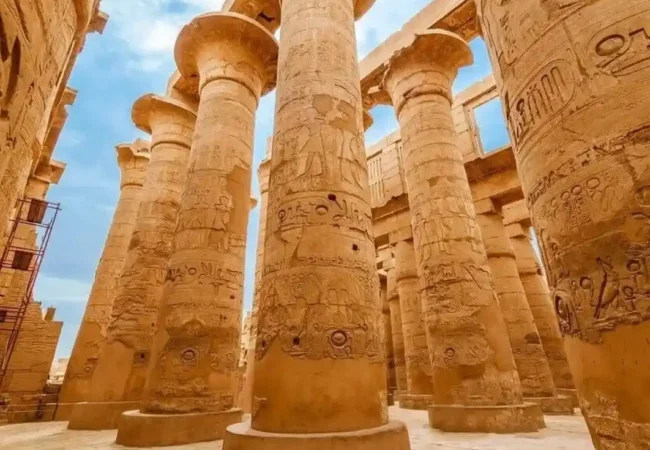

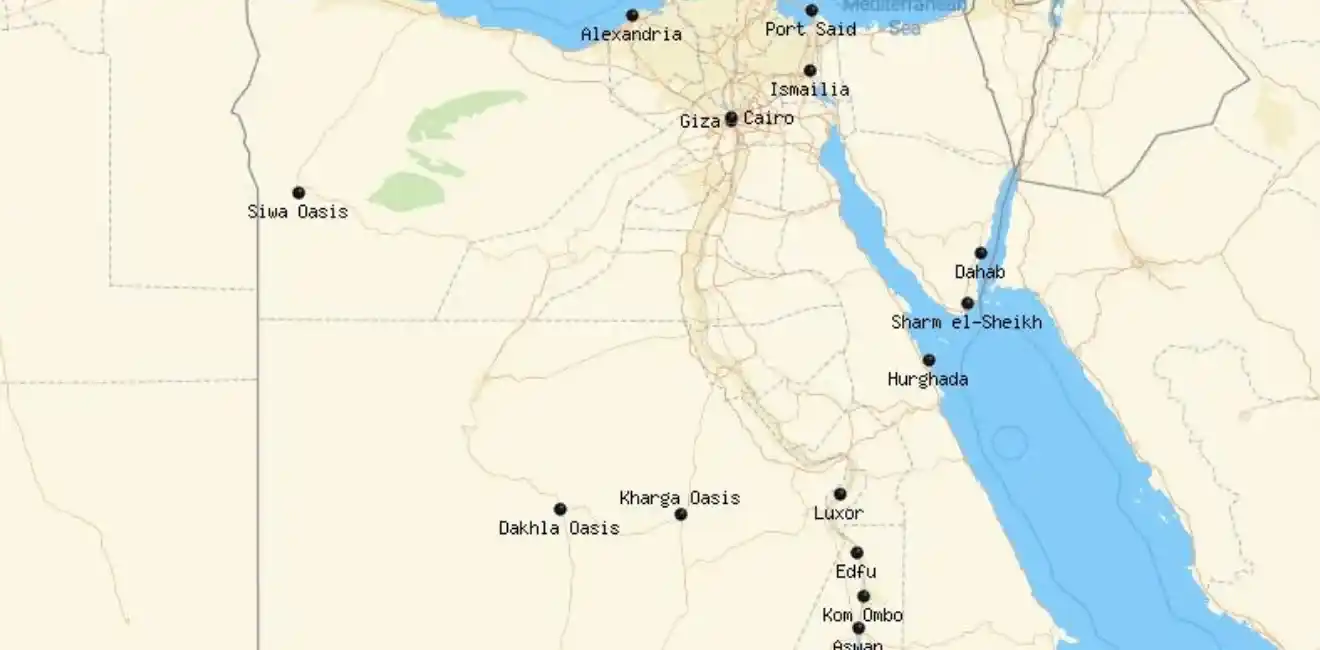
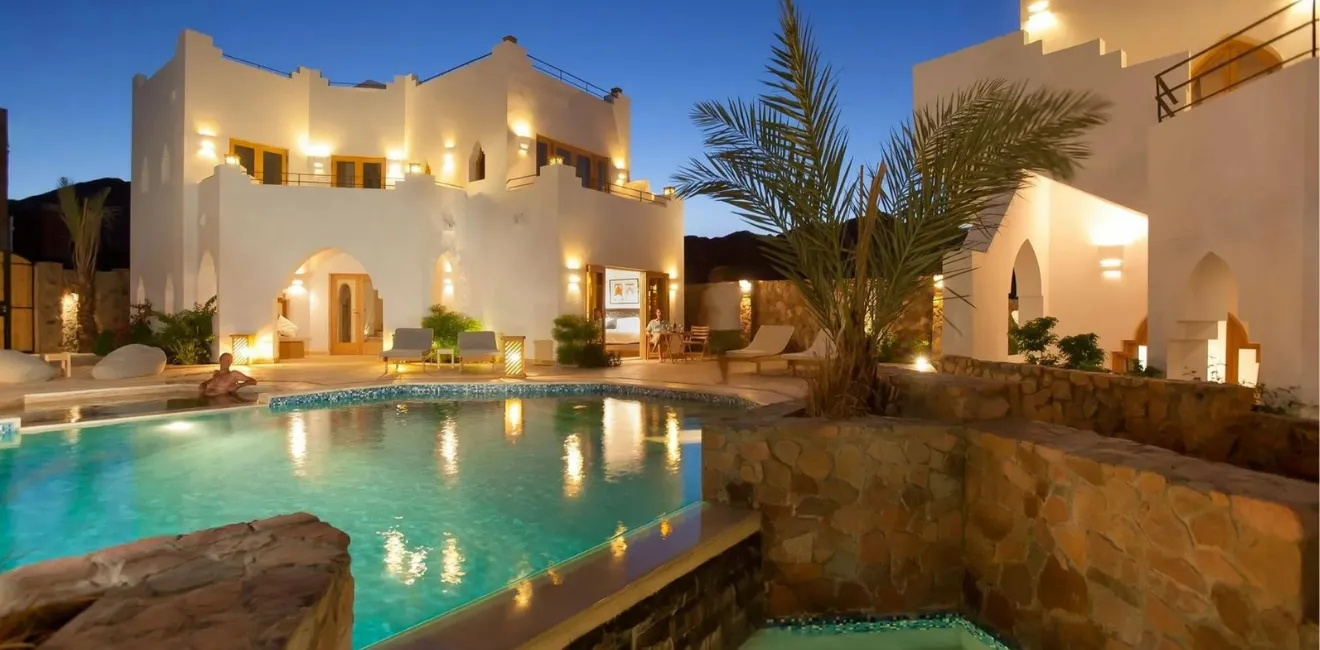
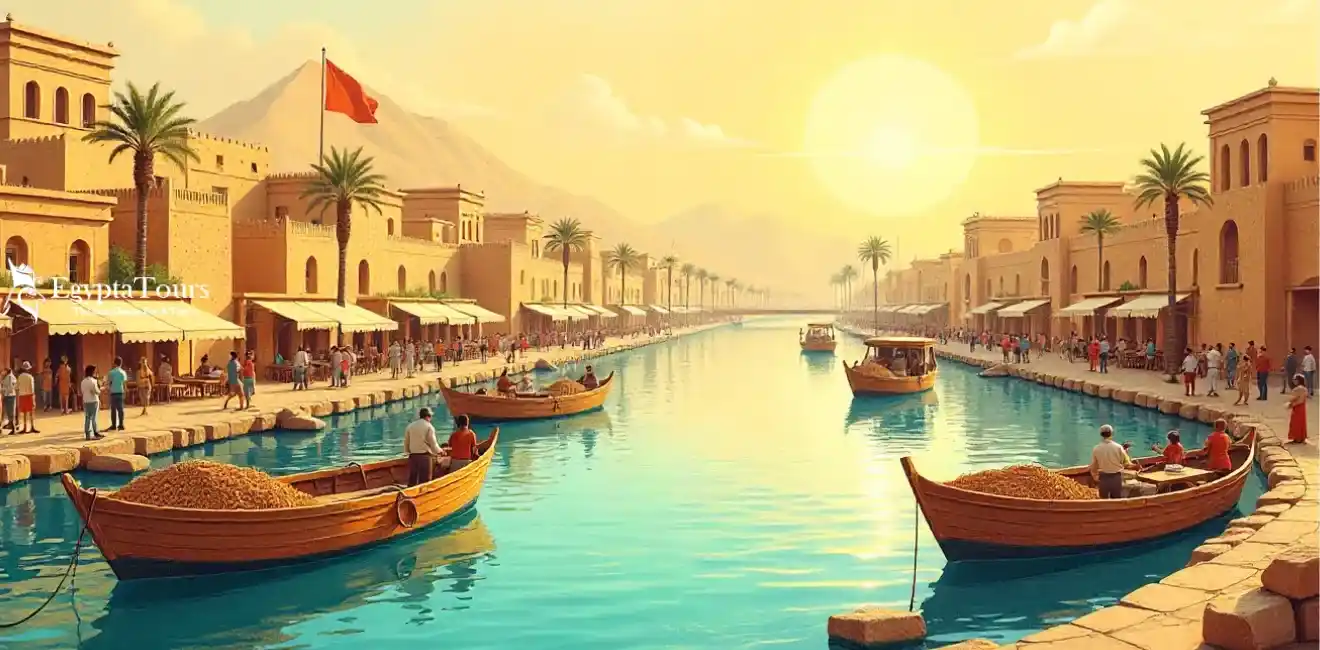
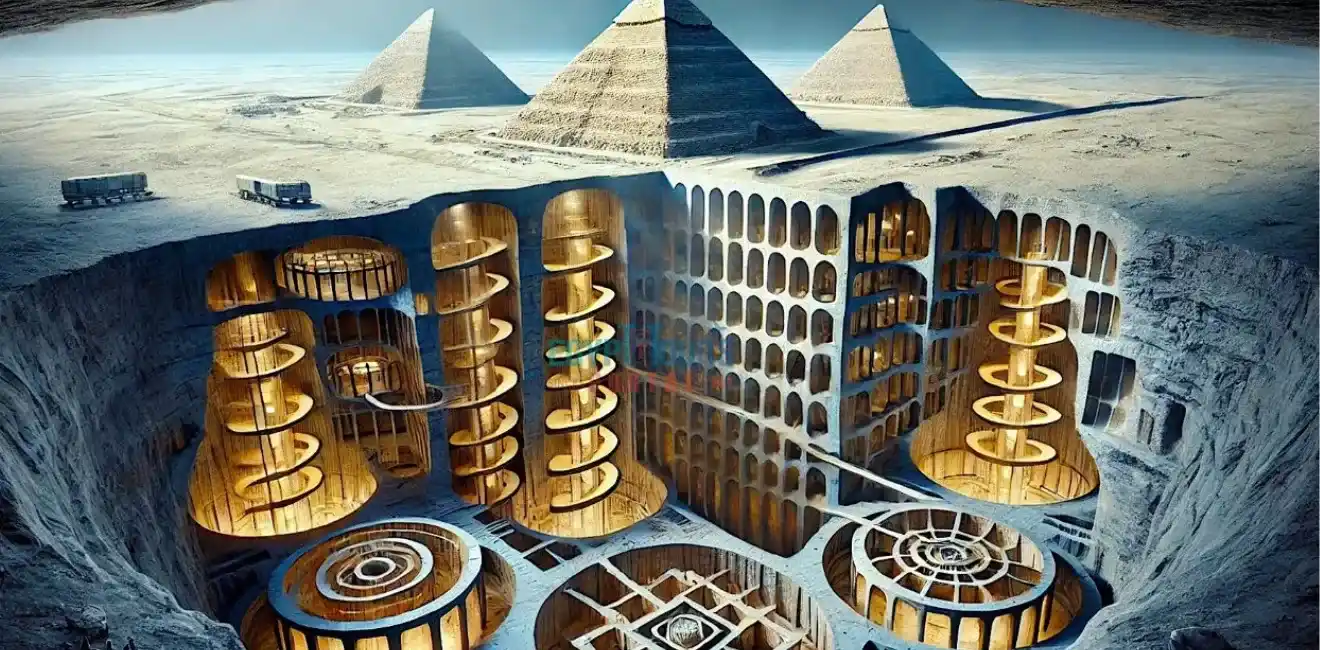









Leave a comment: